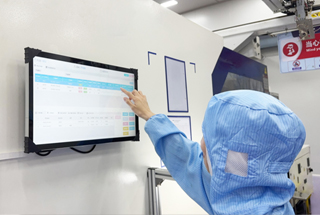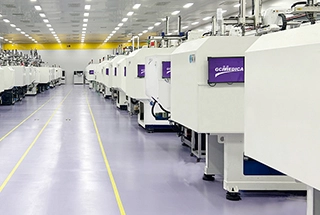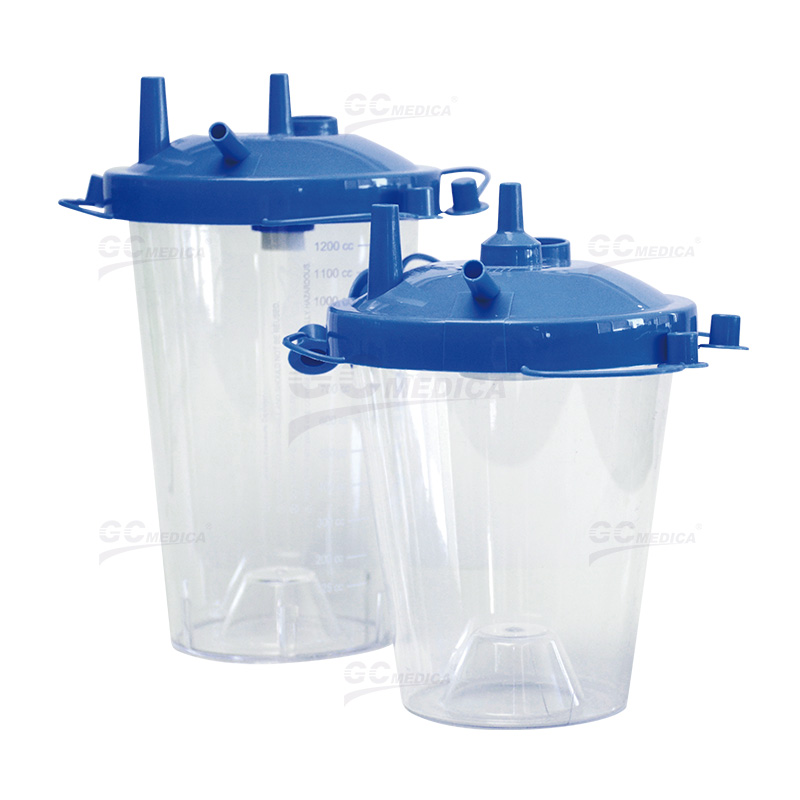Suction liners are integral to medical suction systems, facilitating the safe and efficient collection of bodily fluids during various medical procedures. These disposable containers are designed to fit within reusable canisters, ensuring a hygienic environment and preventing cross-contamination.
| |
| Single Use Soft Liner | |
| Outer Canister | |
| Rigid Canister | |
| Rigid Canister with Filter Kit | |
Types of Suction Liners
Suction liners come in various configurations to accommodate different clinical requirements:
Filtered Liners: Equipped with bacterial filters, these liners prevent vacuum source contamination and enhance safety.
Non-Filtered Liners: Suitable for procedures where filtration is not a primary concern, often used in serial setups to increase fluid collection capacity.
Cascade Liners: Designed for serial configurations, allowing multiple liners to be connected for extended fluid collection without frequent changes.
Sample Port Liners: Feature dedicated ports for fluid sampling or the addition of solidifying agents, facilitating laboratory analysis and safe disposal.
Applications of Suction Liners
Suction liners are utilized across various medical settings:
Surgical Procedures: Collecting fluids during operations to maintain a clear surgical field.
Intensive Care Units: Managing secretions in patients requiring respiratory support.
Emergency Departments: Assisting in trauma cases where rapid fluid removal is necessary.
Postoperative Care: Handling drainage from surgical sites to promote healing and prevent complications.
Advantages of Using Suction Liners
Infection Control: Disposable liners reduce the risk of cross-contamination between patients.
Efficiency: Simplify the cleaning process of reusable canisters, saving time and resources.
Versatility: Available in various sizes and configurations to meet diverse clinical needs.
Safety Features: Incorporate mechanisms like anti-reflux valves and overflow protection to ensure safe operation.
Considerations for Selecting Suction Liners
When choosing suction liners, healthcare facilities should evaluate:
Capacity Requirements: Select appropriate sizes based on the expected volume of fluid collection.
Compatibility: Ensure liners are compatible with existing canisters and suction equipment.
Safety Features: Look for features such as hydrophobic filters, anti-reflux valves, and overflow protection to enhance safety.
Regulatory Compliance: Verify that the liners meet local health and safety regulations.
Cost-Effectiveness: Balance quality and budget considerations to make informed procurement decisions.
Conclusion
Suction liners play a crucial role in maintaining hygiene and efficiency in medical environments. Understanding the different types, applications, and selection criteria enables healthcare professionals to optimize patient care and uphold safety standards.


 Français
Français Español
Español Products
Products

 About Us
About Us







 GCMEDICA Suction Liners Online Promotion
GCMEDICA Suction Liners Online Promotion







